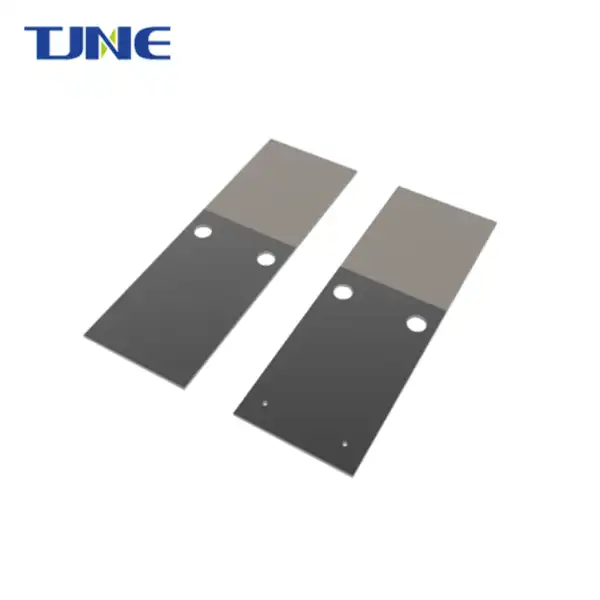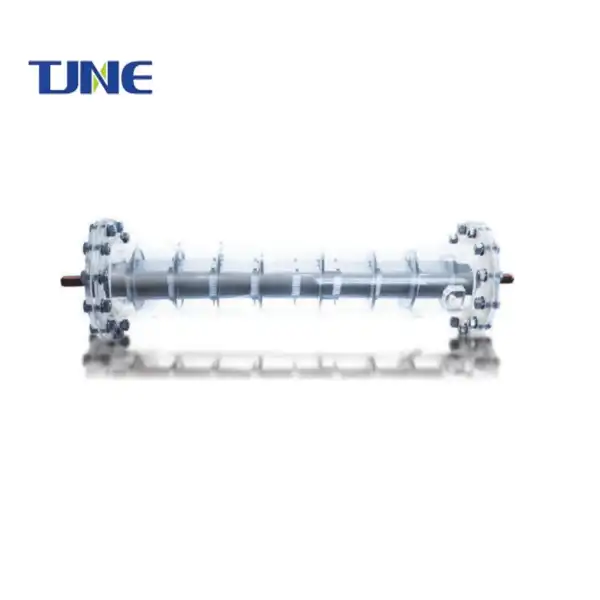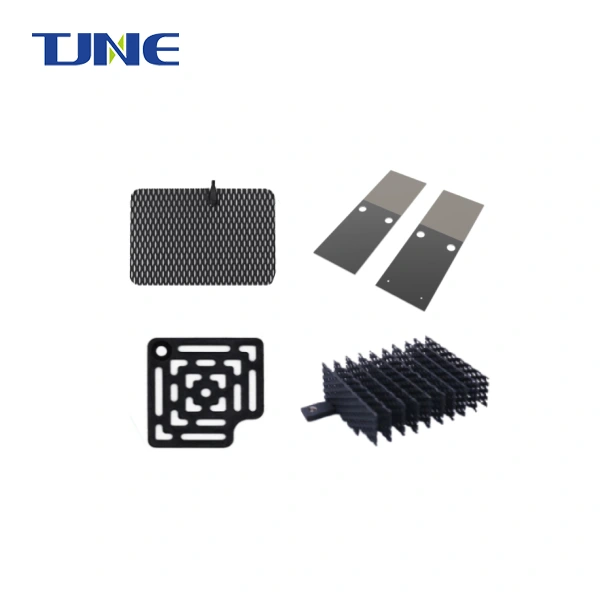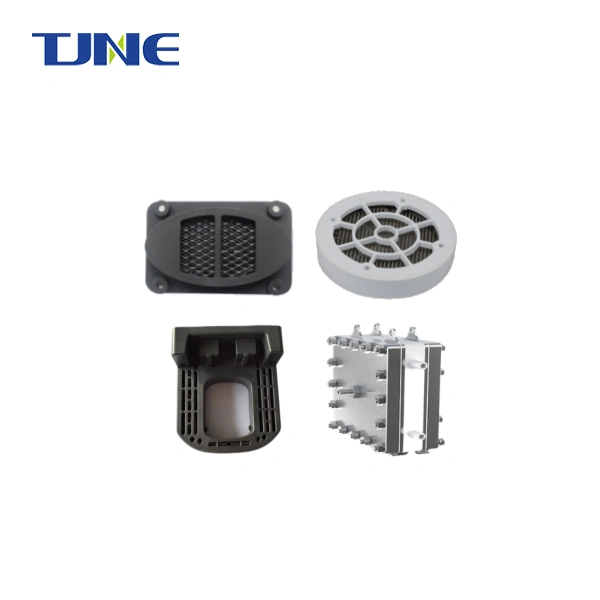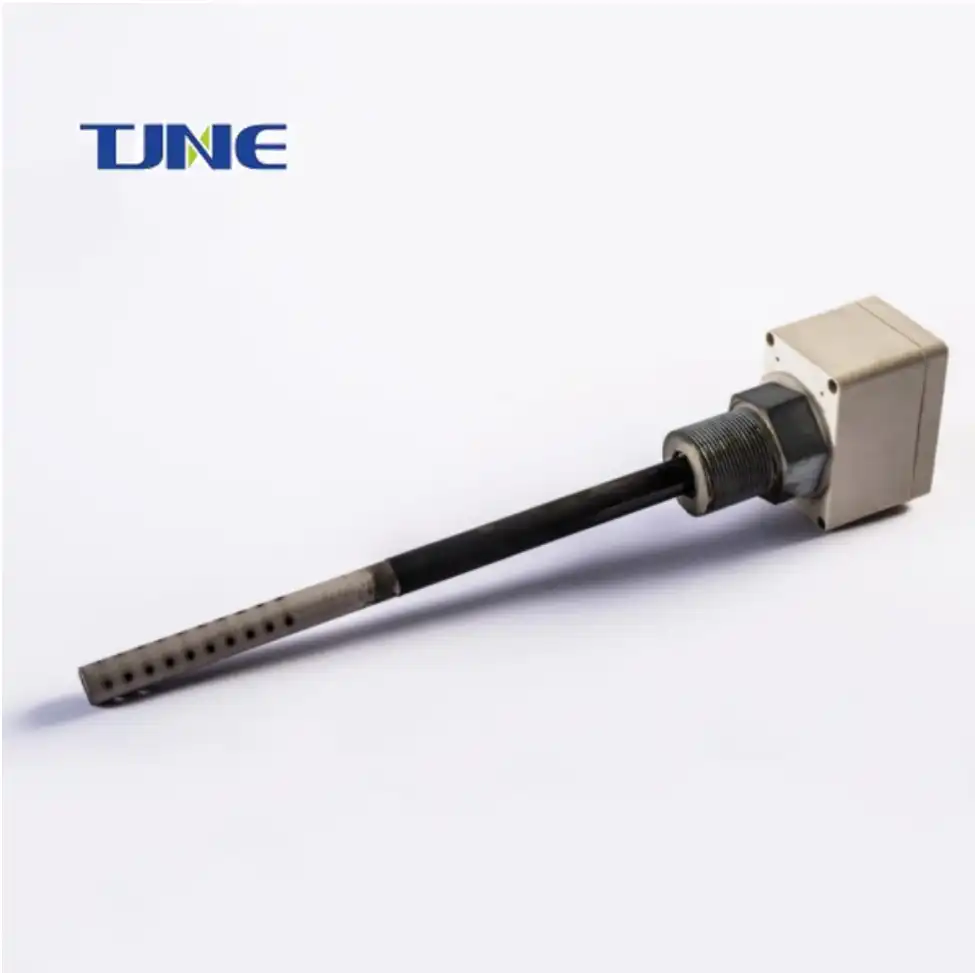- English
- French
- German
- Portuguese
- Spanish
- Russian
- Japanese
- Korean
- Arabic
- Greek
- German
- Turkish
- Italian
- Danish
- Romanian
- Indonesian
- Czech
- Afrikaans
- Swedish
- Polish
- Basque
- Catalan
- Esperanto
- Hindi
- Lao
- Albanian
- Amharic
- Armenian
- Azerbaijani
- Belarusian
- Bengali
- Bosnian
- Bulgarian
- Cebuano
- Chichewa
- Corsican
- Croatian
- Dutch
- Estonian
- Filipino
- Finnish
- Frisian
- Galician
- Georgian
- Gujarati
- Haitian
- Hausa
- Hawaiian
- Hebrew
- Hmong
- Hungarian
- Icelandic
- Igbo
- Javanese
- Kannada
- Kazakh
- Khmer
- Kurdish
- Kyrgyz
- Latin
- Latvian
- Lithuanian
- Luxembou..
- Macedonian
- Malagasy
- Malay
- Malayalam
- Maltese
- Maori
- Marathi
- Mongolian
- Burmese
- Nepali
- Norwegian
- Pashto
- Persian
- Punjabi
- Serbian
- Sesotho
- Sinhala
- Slovak
- Slovenian
- Somali
- Samoan
- Scots Gaelic
- Shona
- Sindhi
- Sundanese
- Swahili
- Tajik
- Tamil
- Telugu
- Thai
- Ukrainian
- Urdu
- Uzbek
- Vietnamese
- Welsh
- Xhosa
- Yiddish
- Yoruba
- Zulu
What are the Technical Challenges in the Electrodeposition of Nickel And Cobalt Using Titanium Electrodes?
The electrodeposition of nickel and cobalt using titanium electrodes presents a fascinating yet complex area of research in electrochemistry and materials science. This process involves the simultaneous electrodeposition of nickel ions onto a nickel plate, resulting in nickel with unique properties. However, several technical challenges arise during this electrodeposition process, stemming from the intricate interplay between the electrode material, electrolyte composition, and deposition parameters. These challenges can significantly impact the quality, composition, and performance of the resulting nickel. Understanding and overcoming these obstacles is crucial for developing advanced materials for various applications.
How does the titanium electrode affect the adhesion of nickel and cobalt electrodeposition?
The interaction between the titanium electrode and the nickel cobalt electrodeposition is a critical factor that significantly influences the overall quality and performance of the deposition. Titanium, known for its excellent corrosion resistance and high strength-to-weight ratio, presents unique challenges when used as an anode for electrodeposition.
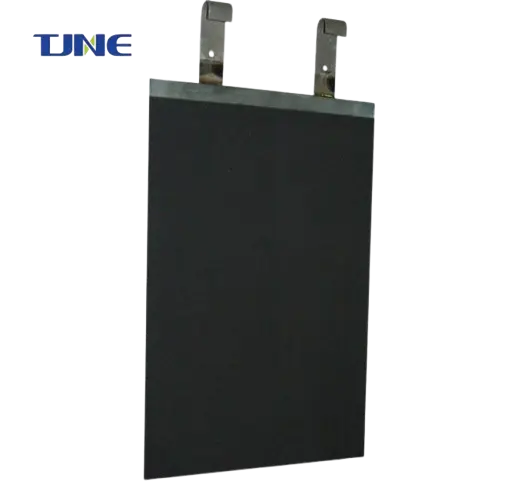
The surface roughness of the titanium substrate also plays a crucial role in electrodeposition adhesion. However, excessive roughness may lead to non-uniform electrodeposition thickness and potential stress concentration points. Researchers have explored optimizing surface roughness through controlled etching or sandblasting processes to strike a balance between adhesion and electrodeposition uniformity.
Another challenge lies in the difference in electrochemical nobility between titanium and the nickel and cobalt . This disparity can lead to galvanic corrosion at the interface, potentially compromising the long-term stability of the deposition. To mitigate this issue, intermediate layers or gradient compositions have been investigated.
In conclusion, while titanium electrodes offer numerous advantages for nickel and cobalt electrodeposition, addressing the challenges related to surface preparation, adhesion, and interfacial compatibility is crucial for achieving high-quality deposition. Ongoing research in this area continues to unveil new insights and innovative solutions, paving the way for advanced materials with enhanced performance and durability.
What are the optimal electrolyte compositions for nickel and cobalt electrodeposition?
The composition of the electrolyte solution plays a pivotal role in the electrodeposition of nickel and cobalt, significantly influencing the deposition kinetics and resulting properties of the deposition. Determining the optimal electrolyte composition is a complex task that requires careful consideration of various factors and often involves a delicate balance between different components.
The primary constituents of the electrolyte for nickel and cobalt electrodeposition typically include nickel and cobalt salts, which serve as the metal ion sources. Common choices include nickel sulfate (NiSO4) and cobalt sulfate (CoSO4) due to their high solubility and stability in aqueous solutions. The ratio of these salts in the electrolyte is crucial as it directly affects the composition of the deposited alloy. However, it's important to note that the ratio of metals in the electrolyte does not necessarily translate directly to the same ratio in the deposited metal due to the anomalous codeposition behavior often observed in the systems.
Boric acid (H3BO3) is frequently added to the electrolyte as a buffering agent. It helps maintain a stable pH near the cathode surface, which is essential for producing smooth and coherent deposits. The concentration of boric acid can significantly impact the quality of the deposition, with optimal levels typically ranging from 30 to 45 g/L. However, recent environmental concerns have led to research into alternative buffering agents that could potentially replace boric acid.
Additives play a crucial role in modifying the deposition process and enhancing the properties of the resulting deposition. Saccharin, for instance, is commonly used as a stress reliever and grain refiner. It helps reduce internal stresses in the deposit and promotes the formation of finer grains, which can improve the mechanical properties of the deposition. Other additives, such as sodium lauryl sulfate or coumarin, may be used to improve the surface finish and control the deposit morphology.
The pH of the electrolyte is another critical parameter that affects the deposition process. For nickel and cobalt electrodeposition, the optimal pH range is typically between 3.5 and 4.5. This slightly acidic environment helps prevent the formation of hydroxides and ensures stable metal ion complexes in the solution. pH control is often achieved through the careful balance of acid (e.g., sulfuric acid) and base (e.g., sodium hydroxide) additions.
Temperature also plays a significant role in the electrodeposition process. Higher temperatures generally increase the deposition rate and can affect the deposition. Most nickel and cobalt electrodeposition processes operate at temperatures between 50°C and 60°C. However, the optimal temperature can vary depending on the specific application and desired electrodeposition properties.
The concentration of chloride ions in the electrolyte is another factor that requires careful consideration. While chloride ions can enhance the conductivity of the electrolyte and improve anode dissolution, excessive amounts can lead to pitting corrosion in the deposit. Typically, small amounts of chloride (e.g., from nickel chloride) are added to the electrolyte, with concentrations usually kept below 20 g/L.
Recent research has also explored the use of ionic liquids as alternative electrolytes for nickel and cobalt electrodeposition. These non-aqueous, ionic solvents offer unique properties such as wide electrochemical windows, good electrical conductivity, and low vapor pressure. Ionic liquid-based electrolytes have shown promise in producing nickel and cobalt with improved properties and potentially more environmentally friendly processes.
The optimization of electrolyte composition often involves a multi-parameter approach, considering not only the individual components but also their interactions. Advanced statistical techniques, such as design of experiments (DoE) and response surface methodology (RSM), have been employed to systematically investigate the effects of various electrolyte parameters on the deposition process and deposition properties.
In conclusion, determining the optimal electrolyte composition for nickel and cobalt electrodeposition is a complex but crucial task. It requires a deep understanding of electrochemistry, materials science, and process engineering. Ongoing research continues to explore novel electrolyte formulations, additives, and alternative systems to enhance the quality and properties of electrodeposited deposition, opening up new possibilities for advanced applications in various fields.
In conclusion, the careful control of current density offers powerful means to enhance the quality and properties of nickel and cobalt electrodeposition. These approaches provide researchers and engineers with a wide range of parameters to optimize, allowing for the tailored design of deposition for specific applications. As our understanding of the underlying mechanisms continues to grow, and with the advent of advanced control systems and modeling techniques, we can expect further innovations in this field, pushing the boundaries of what is achievable with nickel and cobalt electrodeposition.

If you are interested in the titanium electrode manufactured by Xi'an Taijin New Energy & Materials Sci-Tech Co., Ltd., please contact yangbo@tjanode.com.
References:
1. Walsh, F. C., & Ponce de León, C. (2014). A review of the electrodeposition of metal matrix composite coatings by inclusion of particles in a metal layer: an established and diversifying technology. Transactions of the IMF, 92(2), 83-98.
2. Santana, R. A. C., Campos, A. R. N., Medeiros, E. A., Oliveira, A. L. M., Silva, L. M. F., & Prasad, S. (2007). Studies on electrodeposition and corrosion behavior of a Ni–W–Co amorphous alloy. Journal of Materials Science, 42(22), 9137-9144.
3. Ebrahimi, F., & Ahmed, Z. (2003). The effect of current density on properties of electrodeposited nanocrystalline nickel. Journal of Applied Electrochemistry, 33(8), 733-739.
4. Tsyntsaru, N., Cesiulis, H., Donten, M., Sort, J., Pellicer, E., & Podlaha-Murphy, E. J. (2012). Modern trends in tungsten alloys electrodeposition with iron group metals. Surface Engineering and Applied Electrochemistry, 48(6), 491-520.
5. Palaniappa, M., & Seshadri, S. K. (2008). Friction and wear behavior of electroless Ni–P and Ni–W–P alloy coatings. Wear, 265(5-6), 735-740.
6. Liang, A., Li, Y., Liang, H., Ni, L., & Zhang, J. (2017). A favorable chromium coating electrodeposited from Cr (III) electrolyte reveals anti-wear performance similar to conventional hard chromium. Materials Letters, 189, 221-224.
7. Bai, A., & Hu, C. C. (2002). Effects of electroplating variables on the composition and morphology of nickel–cobalt deposits plated through means of cyclic voltammetry. Electrochimica Acta, 47(21), 3447-3456.
8. Allahyarzadeh, M. H., Roozbehani, B., & Ashrafi, A. (2011). Electrodeposition of high Mo content amorphous/nanocrystalline Ni-Mo alloys using 1-ethyl-3-methyl-imidazolium chloride ionic liquid as an additive. Electrochimica Acta, 56(28), 10210-10216.
9. Chandrasekar, M. S., & Pushpavanam, M. (2008). Pulse and pulse reverse plating—Conceptual, advantages and applications. Electrochimica Acta, 53(8), 3313-3322.
10. Yin, K. M., & Lin, B. T. (1996). Effects of boric acid on the electrodeposition of iron, nickel and iron-nickel. Surface and Coatings Technology, 78(1-3), 205-210.
Related Industry Knowledge
- What are the Applications of Titanium Electrodes for Cobalt Electrodeposition?
- How to Prepare a Titanium Electrode for Copper Electrodeposition?
- What are the Typical Applications for Nickel-Cobalt Alloys Electrodeposited on Titanium Electrodes?
- What is the Process Involved in Electrodepositing Copper Using a Titanium Electrode?
- How Do Titanium Anodes Enhance Zinc Electrowinning Processes?
- How Does the Efficiency of Titanium Anodes Compare to Other Materials?
- Can Titanium Electrodes Improve the Adhesion of Copper Electrodeposition?
- What are the Environmental Benefits of Using Titanium Electrodes for Cobalt Electrowinning?






